Related Blogs
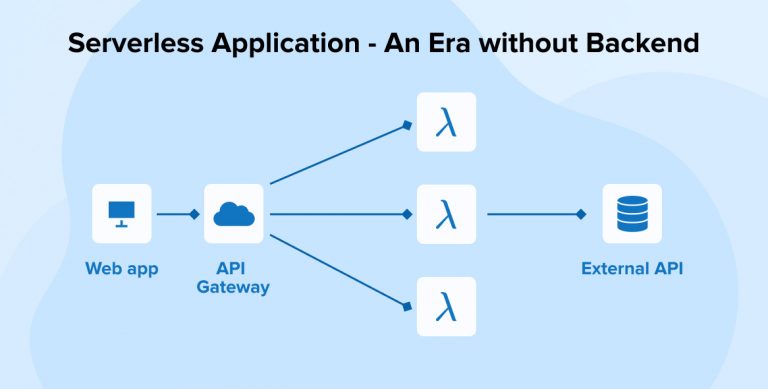
Serverless architecture relates to the applications which depend on the third-party service (backend as a service) or container (function as a service). In serverless architecture, application owner does not have to purchase, rent or maintain the servers. Third party provides all management work of the servers.
Even though it sounds serverless, but it does not mean that application runs without the server. Third parties like Google, Amazon, and Microsoft etc. provides the services to create serverless application.
1. Three-tier Versus Serverless Architecture
Let’s have a small comparison between three-tier architecture and serverless.
1.1 Three-tier Architecture
- A three-tier architecture is the traditional client-server architecture pattern in which user interaction, business logic, data storage and data access are developed in separate modules with different platforms.
- A three-tier architecture makes a logical separation between the business, presentation and database layers.
1.2 Serverless Architecture
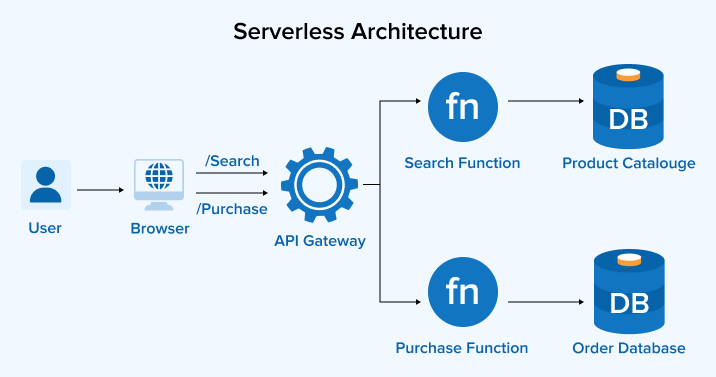
Thus, the serverless architecture is an innovative approach which can decrease time to market and operational cost. Currently, best-known host of Function as a Service is AWS Lambda.
2. FaaS (Function as a Service)
FaaS is a concept to build a serverless application that reduces the overhead of owning and maintaining infrastructures. Also, the scaling of the servers is also reduced. You just have written down a chunk of function that would reside on the cloud servers which will be used when you need them.
Companies like Amazon, Google, Microsoft etc. provides FaaS. Every company has named it differently as for Amazon it is Lambda, Google named it functions and Microsoft named it Azure.
Advantages
- No need to handle infrastructure
- Focus is only on the code
- You just need to scale you functions and not the entire application
- Do not have to pay when functions are not in use
- It is fault tolerance
Disadvantages
- Transparency is decreased as the whole system is handled by someone else.
- Difficult to debug. Some of the providers like Azure have mirrored local development but that needs to be improved.
- Scaling your functions to more limit may also increase cost.
3. What is AWS?
AWS (Amazon Web Service) is a cloud computing platform that provides IaaS (Infrastructure as a Service), PaaS (Platform as a Service) and SaaS (Software as a Service). It introduced a pay-as-you-go model of cloud computing. It provides many services like compute, storage, database, messaging, network and content delivery, management tools, security, etc.
4. AWS Lambda
AWS Lambda is a service that runs a code without the need of any server. Lambda functions are triggered when required and you are charged only when your function is being executed. Users do not have to worry about scaling up and down. You can use lambda functions on the occurrence of some events like inserting an object into the bucket.
You can use AWS DynamoDB as your database with Lambda function for firing queries to the database. To learn more about AWS Lambda, you can follow this link: click here
4.1 Creating Lambda Function
You can create lambda functions in languages like Java application development, Python, NodeJS, Go and C#. We will see how to create a Lambda function in Node.js.
exports.handler = (event, context, callback) =>{ callback(null,"hello") } |
exports.handler = (event, context, callback) =>{
callback(null,”hello”)
}
There are three parameters in this function. The event consists of the payload. The callback can also be used to call other functions after the function execution is over. If the lambda function has been successfully executed then you have to pass null in the first parameter of the callback function.
Returning results will be in the second parameter of the callback function. We can write our business logic in the curly braces. We can also use the DynamoDB database in this function. After creating a lambda function you need to upload your function into AWS.
4.2 Calling a Lambda Function from JavaScript
To call a Node.js from JavaScript function you will have to create a Cognito Identity pool with access enabled for unauthenticated identities. You will get an identity pool ID which we will be using to invoke the lambda function. To create an Identity Pool read this article.
To invoke the Lambda function you have to write the below code snippet in your script of the HTML file. You also need to include the AWS-SDK script file using the script tag in your HTML page. The first three lines are for configuration for accessing the Lambda function. Then there are parameters that need to be passed to invoke the Lambda function.
FunctionName is the name of the Lambda function. The payload consists of that needs to be passed to the lambda functions input. It needs to be in the form of JSON. Next is the actual call that takes place by using the invocation of the function.
AWS.config.region = 'us-west-2'; AWS.config.credentials = new AWS.CognitoIdentityCredentials({ IdentityPoolId: "*******Identity Pool Id***********, }) var lambda = new AWS.Lambda({region:"us-west-2"}); var pullParams = { FunctionName : 'LambdaFunctionName', InvocationType : 'RequestResponse', Payload: "Json data"" }; lambda.invoke(pullParams, function(error, data) { if (error) { console.log(error); {else{ console.log(data); } }); |
AWS.config.region = ‘us-west-2’;
AWS.config.credentials = new AWS.CognitoIdentityCredentials({
IdentityPoolId: “*******Identity Pool Id***********,
})
var lambda = new AWS.Lambda({region:”us-west-2″});
var pullParams = {
FunctionName : ‘LambdaFunctionName’,
InvocationType : ‘RequestResponse’,
Payload: “Json data"”
};
lambda.invoke(pullParams, function(error, data) {
if (error) {
console.log(error);
{else{
console.log(data);
} });
5. DynamoDB and AWS
var AWS = require("aws-sdk"); AWS.config.update({ region: "us-west-2"; endpoint: "https://dynamodb.us-west-2.amazonaws.com" }); dynamoDB = new AWS.DynamoDB(); docClient = new AWS.DynamoDB.DocumentClient(); |
var AWS = require(“aws-sdk”);
AWS.config.update({
region: “us-west-2”;
endpoint: “https://dynamodb.us-west-2.amazonaws.com”
});
dynamoDB = new AWS.DynamoDB();
docClient = new AWS.DynamoDB.DocumentClient();
6. Advantages of Serverless Application
There are plenty of reasons to build applications using Serverless Architecture, out of which a few are listed below:
- Reduced Operational Cost
- Improved Scalability
- Enhanced Latency & Geo-location
- More Focus on Application Logic
- Cost-effective than Traditional Cloud
- Lessen Time to Market
- Minimize Human Resources Costs
There are few drawbacks too like – Vendor Control, Multitenancy problems and Vendor lock-in but that can be overcome. In current scenario migrating the legacy applications to the serverless architecture may lead to painful scenarios and bug fixes but the future is surely bright with the strong community support.
7. Serverless Application Use Cases
Though Serverless Architectures is the concept emerging in the recent years, it has hugely improvised the capabilities of Virtual Computing. Serverless is an approach for those applications that are not run constantly. Technology adopters are seeking for such applications for the purpose of painless scalability and for evolving virtualization (Cloud Computing).
To think for the application that loads in a quick finger snapping, but did that happens? Picking the provisioning infrastructure to decrease the load time is an alternative but it has a huge risk to deal. With Serverless architecture there is no need to select for any such options, as it is capable to scale more than 40,000 users without a single server.
- Multimedia processing for implementing the transformation process to respond to the uploaded files.
- Capturing the motion and weather or health conditions with serverless application development will display the precise results as it will not let the services be in an idle state.
- Audit control to track the changes in databased and to ensure that the modifications are as best the quality and technology standards.
- Responding to the IoT sensor messages with efficiency and precision. This scenario is even considered for virtual assistants and chatbots for immediate response to thousands of users simultaneously.
- Orchestration of microservices workloads to perform steps in series as per the business logic
- Maintaining excellent user experience with a significant decrease in the application loading time. Optimize the images of any size with the help of tools like AWS and Google will not let down the loading speed though the image is heavy.
- Continuous Integration and Continuous Deployment (CI/CD) concept of DevOps allow delivering the code modifications and updates in small chunks. Serverless automates many of the processes like code check-ins, automatic redeploys, automated testing and much more.
8. Serverless Application is the Future
A way to increase Java application development velocity and to decrease the monotony with incredible flexibility and efficiency with a wider variety of scopes of implementation are all in the one the core benefits of serverless websites and applications.
Get your application modules develop in hours and days instead of months and weeks. Developers can now create the new apps quickly that are relying on the third party APIs for the services like OAuth, Twitter, Maps and much more. Integrating secured authentication, social media platforms, maps and artificial intelligence concept can be done in less time.
Gartner predicted that serverless/FaaS will reach its plateau of productivity in 2-5 years, along with machine learning, VR and IoT.

Vishal Shah
Vishal Shah has an extensive understanding of multiple application development frameworks and holds an upper hand with newer trends in order to strive and thrive in the dynamic market. He has nurtured his managerial growth in both technical and business aspects and gives his expertise through his blog posts.
Subscribe to our Newsletter
Signup for our newsletter and join 2700+ global business executives and technology experts to receive handpicked industry insights and latest news
Build your Team
Want to Hire Skilled Developers?

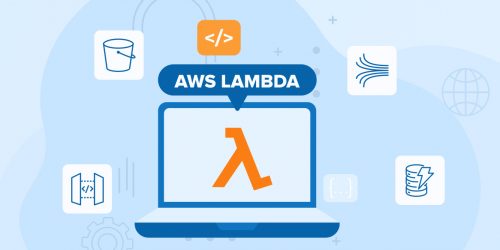
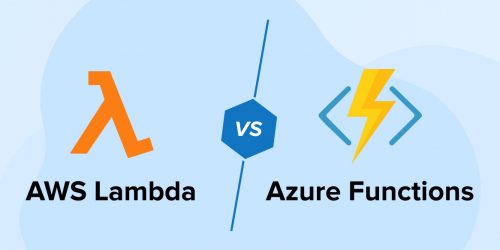
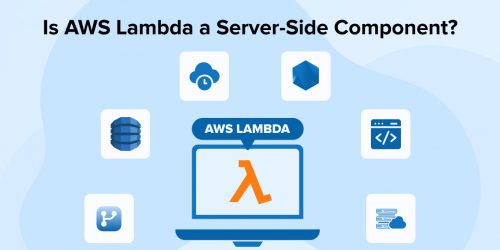

Comments
Leave a message...